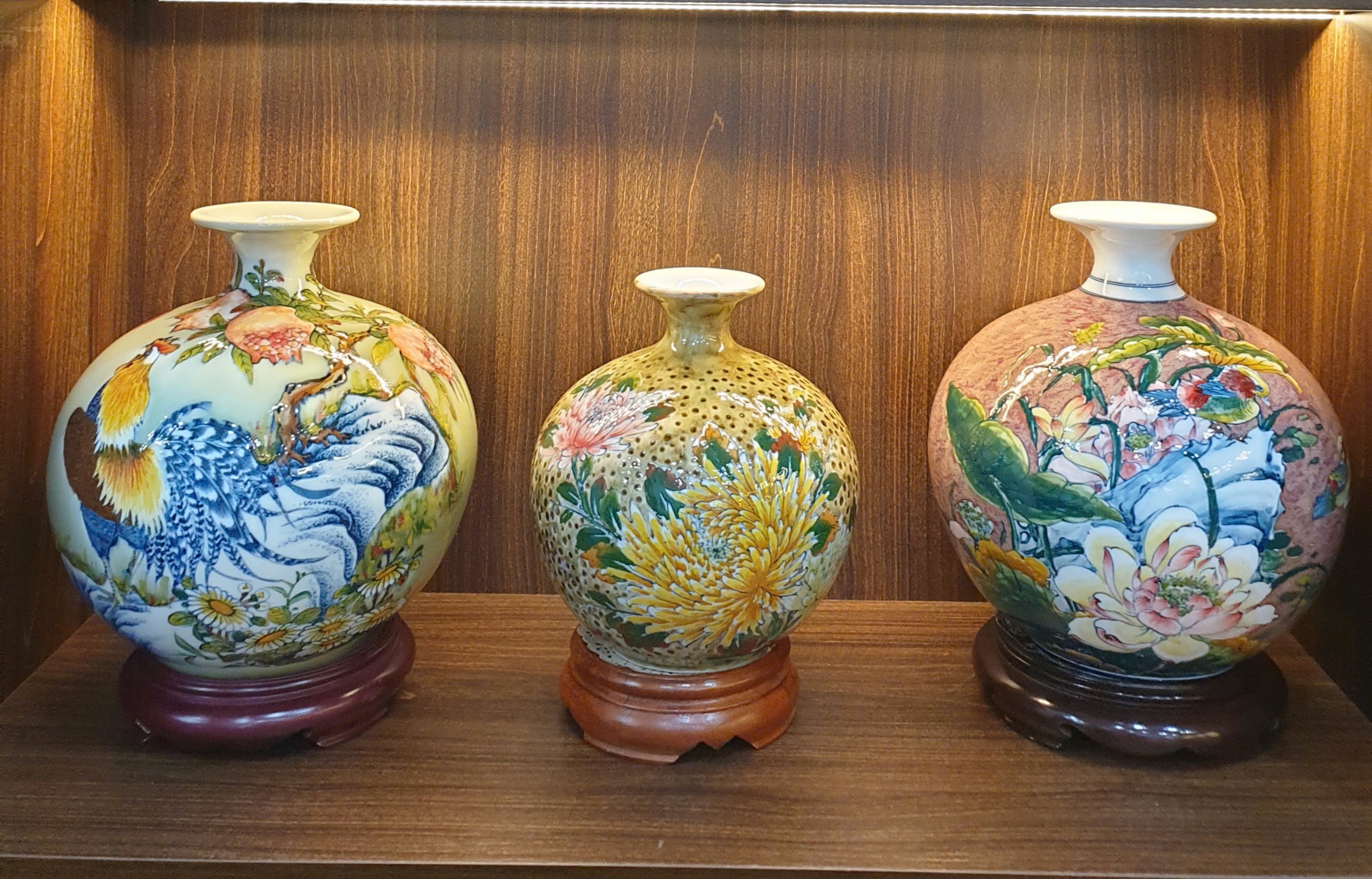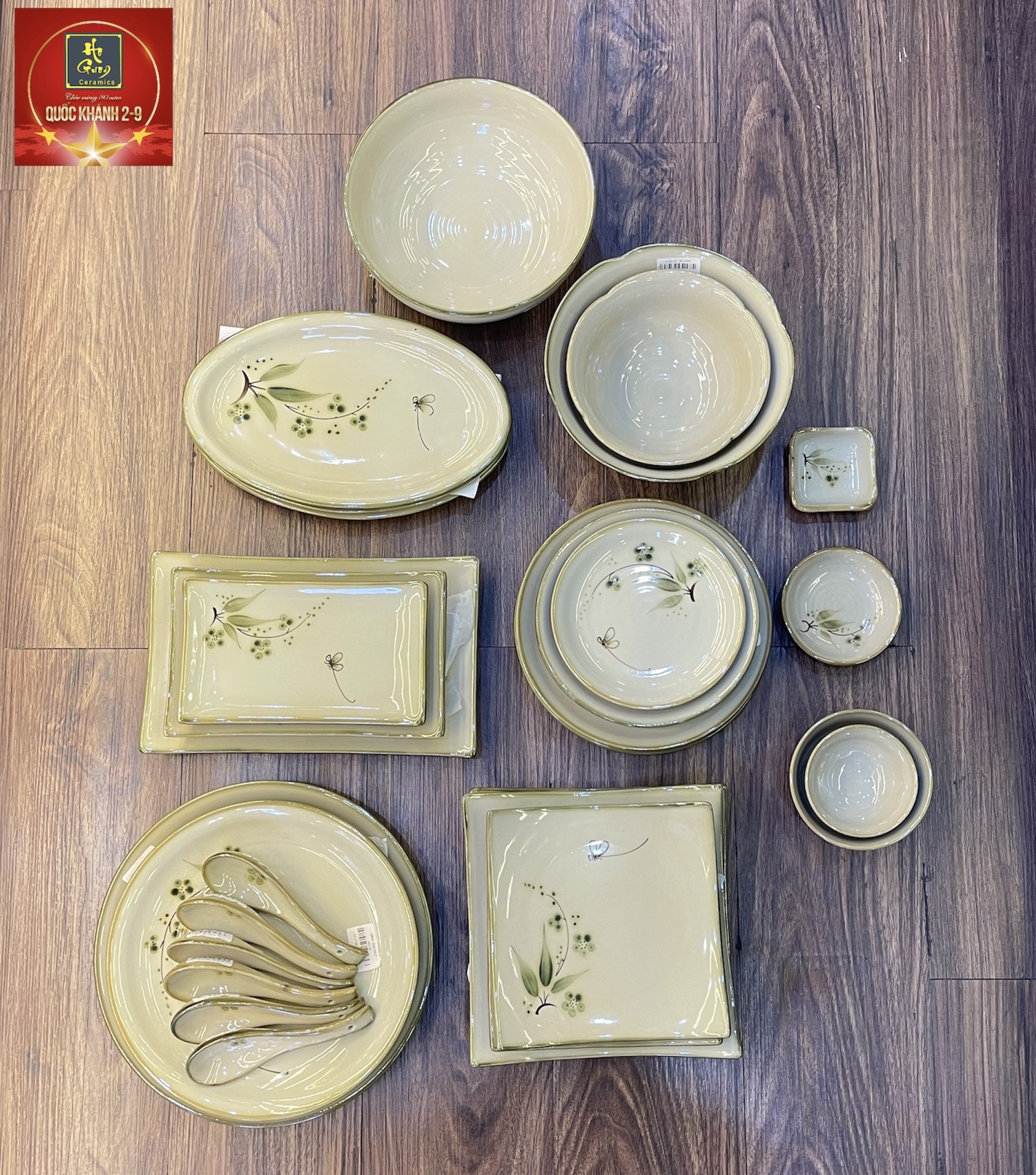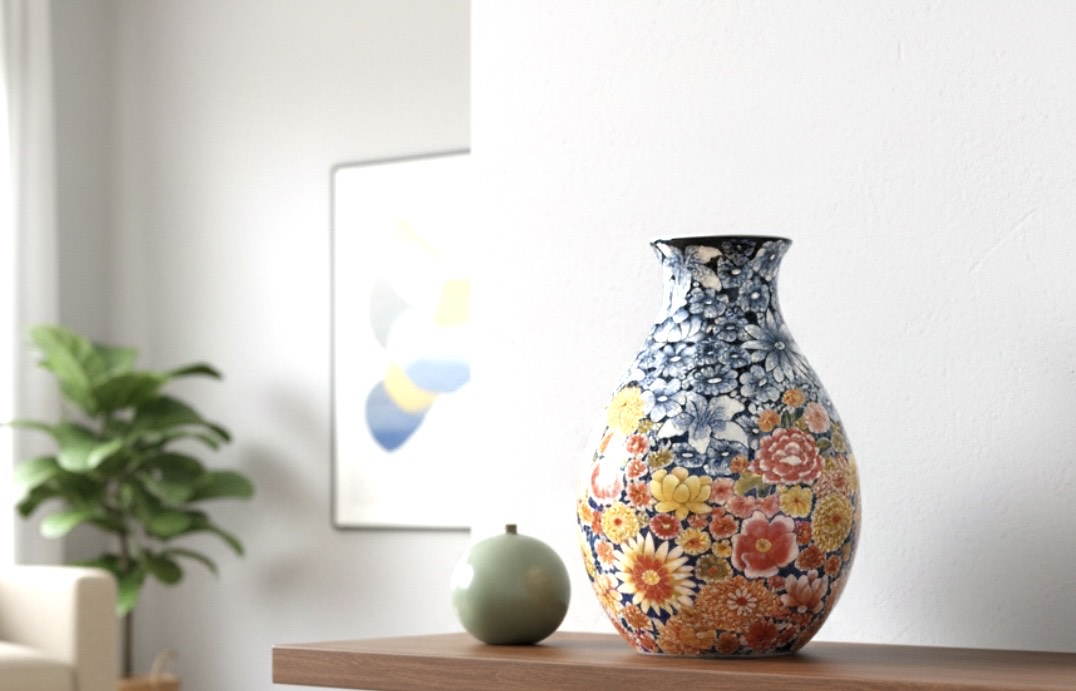Vietnamese ceramics are a priceless traditional beauty, spanning thousands of years of history, associated with the ups and downs of the nation. Vietnamese ceramics is not only a source of pride but also a testament to the creativity, talent and cultural quintessence of the Vietnamese people.
More than 6,000 years ago, on the land of Vietnam, a brilliant ceramic culture was nurtured. Sparked from rudimentary imprints, experiencing many ups and downs in history, Vietnamese ceramics have had glorious periods, leaving a bold mark in the national cultural picture, but at times also faced many challenges. Challenges gradually fade away like invasions, natural disasters,…
The flow of time weaves through each stage, witnessing the birth and development of famous ceramic villages. Bat Trang, Chu Dau, Phu Lang,… are indelible names on the map of Vietnamese ceramics, where the talented hands of artisans breathe life into each work, preserving and promoting the tradition. through many generations.

However, besides the lasting craft villages, many ceramic “stars” of the past have gradually faded and sunk into oblivion. The thousand-year journey of Vietnamese ceramics is an epic of creativity, perseverance and national pride. Preserving and promoting this valuable heritage is the shared responsibility of everyone, contributing to preserving Vietnamese cultural identity and spreading the quintessence of ceramics to international friends.
Vietnamese ceramics has spanned thousands of years of history, carrying unique values that cannot be mixed with any other ceramics in the world. That unique feature is expressed through the harmonious combination of tradition and modernity, creating a unique appeal, attracting tourists and international ceramic enthusiasts.
Diverse firing techniques create ceramic products with different qualities and colors. Rich patterns, imbued with Vietnamese cultural identity such as dragons, phoenixes, lotus flowers, clouds,… or most simply depict images of people’s activities in daily life.
Clay is the main raw material, exploited from many regions of the country, creating unique characteristics for ceramics in each place. Rice husk ash, limestone,… are used as additives, creating durability and color for ceramics.
Vietnamese ceramics today are present in all fields including home decoration, living utensils, gifts,… with extremely rich designs and types. Vietnamese ceramic products are exported to many countries around the world, contributing to promoting the country’s culture and image.



